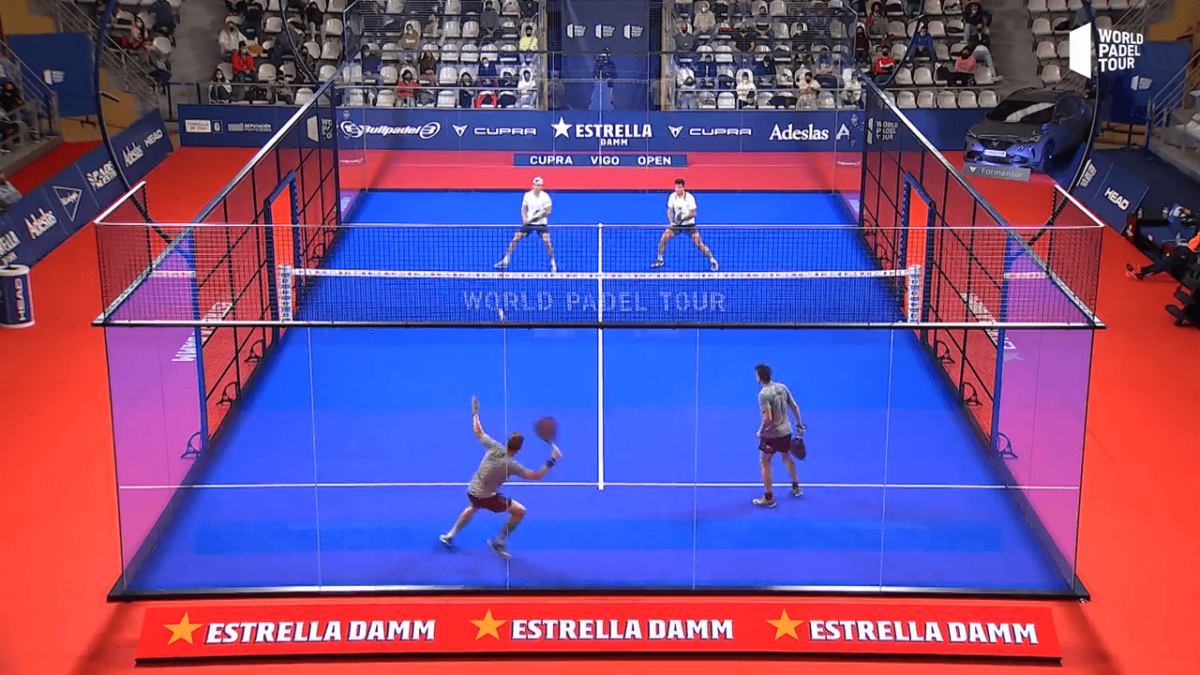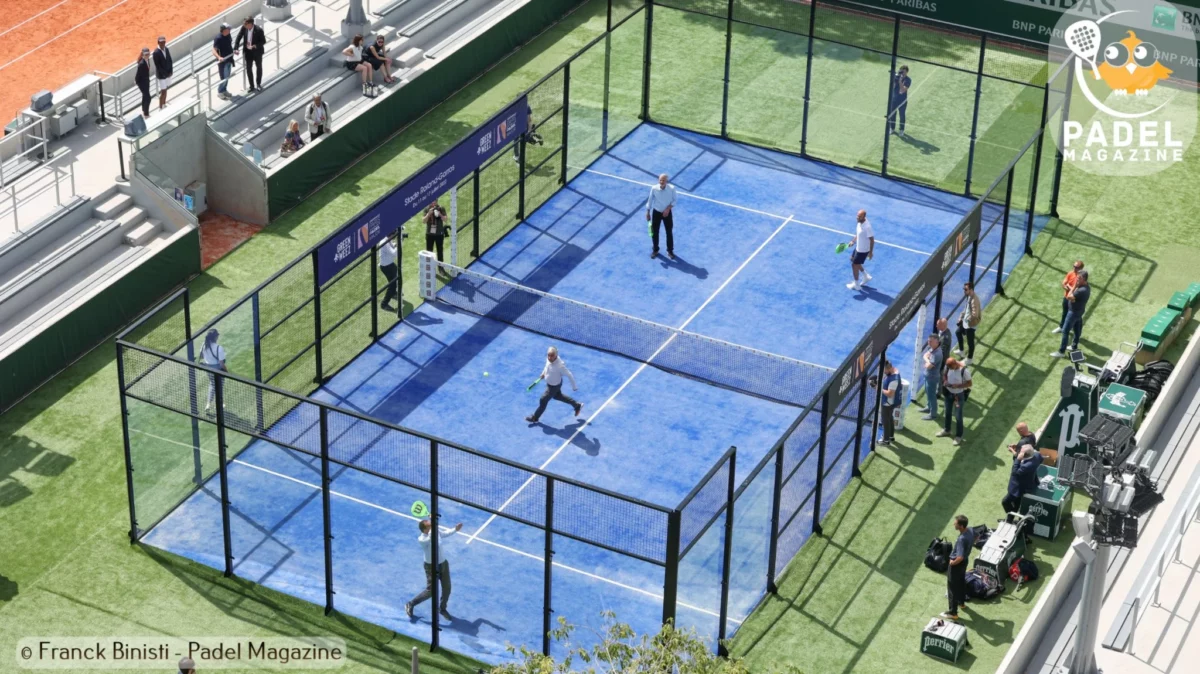What is Padel – Here’s everything you need to know about the differences between the two racket sports – Padel and Tennis
Padel, a racket sport originating from Mexico, is commonly played in doubles on a court slightly smaller than a doubles tennis court. While it shares a scoring system with tennis, the rules, strokes, and techniques vary. The court features walls allowing balls to be played off them, akin to squash, and players use solid, stringless bats. Additionally, the balls used have slightly less pressure, and the served ball’s height must be at or below waist level.

Enrique Corcuera is credited with inventing the sport in Acapulco, Mexico, around 1969. He adapted his squash court, integrating aspects of platform tennis. Several notable professional padel players, such as former WTA Tour athletes Roberta Vinci and Lara Arruabarrena, have transitioned from tennis to excel in padel.
As of 2023, the International Padel Federation (FIP) reports over 25 million active players across 90+ countries. Padel holds a significant financial value, estimated at about €2 billion annually. The sport has gained prominence, being featured in the 2023 European Games. The FIP aims to establish 75 national federations, aspiring for padel to be included in the 2032 Summer Olympics. Notably, in 2023, Premier Padel, owned by Qatar Sports Investments and launched in 2022 with FIP collaboration, acquired the Madrid-based World Padel Tour, paving the way for a new global circuit set to commence in 2024.
What are the differences between Padel and Tennis?
Padel and tennis, though both racket sports, exhibit significant differences in terms of court dimensions, scoring systems, and playing styles. One of the most notable distinctions is the court size. Padel courts are smaller than tennis courts, often about one-third of the size, which fosters a more dynamic and close-quartered playing experience. The reduced court size in padel contributes to quicker rallies and places a premium on reflexes and close-contact strategies.
The playing surface is another area of contrast. While both sports are typically played on different types of artificial or natural surfaces, the design of the padel court includes walls. Padel courts are enclosed by glass or mesh walls, allowing players to use them strategically in their shots, adding an extra dimension to the game. In contrast, tennis courts lack such walls, making the game more reliant on lateral movement and powerful baseline strokes.
Scoring systems in padel and tennis differ as well. Padel utilizes a scoring system similar to tennis, but with a unique twist. Padel matches are typically best of three sets, with each set played to 6 games. If the set reaches a 6-6 tie, a tiebreaker is played. Additionally, padel employs a no-ad scoring system, where the receiving team chooses the side from which they want to receive service if the game reaches deuce. Tennis, on the other hand, uses traditional scoring with advantage points and requires a two-game advantage to win a set.
Furthermore, the serving dynamics vary between the two sports. In tennis, the serve must be delivered from behind the baseline and over the net. In contrast, padel allows an underhand serve, encouraging a more controlled and strategic approach to initiating points.

In terms of doubles play, both sports commonly feature doubles matches, but the dynamics differ. Padel is inherently a doubles-oriented sport, with the smaller court size facilitating more teamwork and communication between partners. Tennis, while also having doubles, allows for a greater emphasis on individual play due to the larger court dimensions.
More Tennis news
- Borna Coric 2022 – Net Worth, Salary, Records, and Endorsements
- Novak Djokovic’s brother makes Roger Federer promise ahead of Serbian Open
- Naomi Osaka responds to botching Jennifer Brady’s name after AO Open final win
Follow our dedicated Tennis page for instant Tennis news and updates

